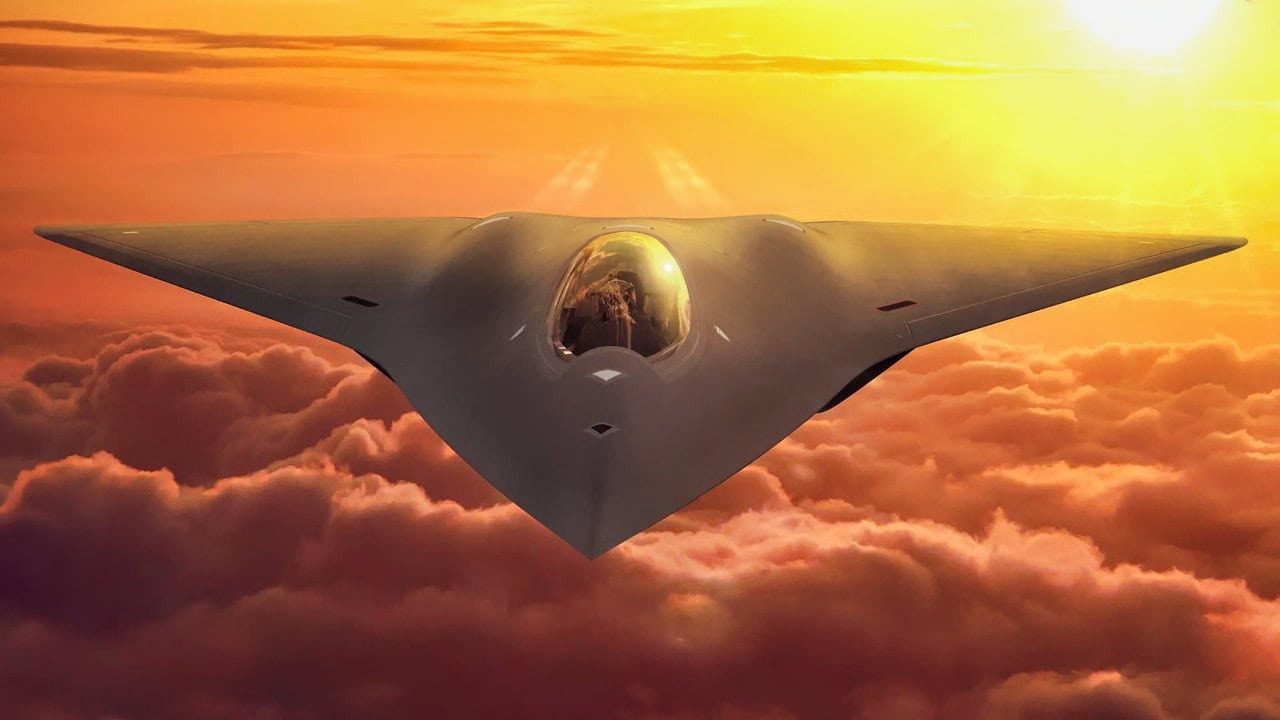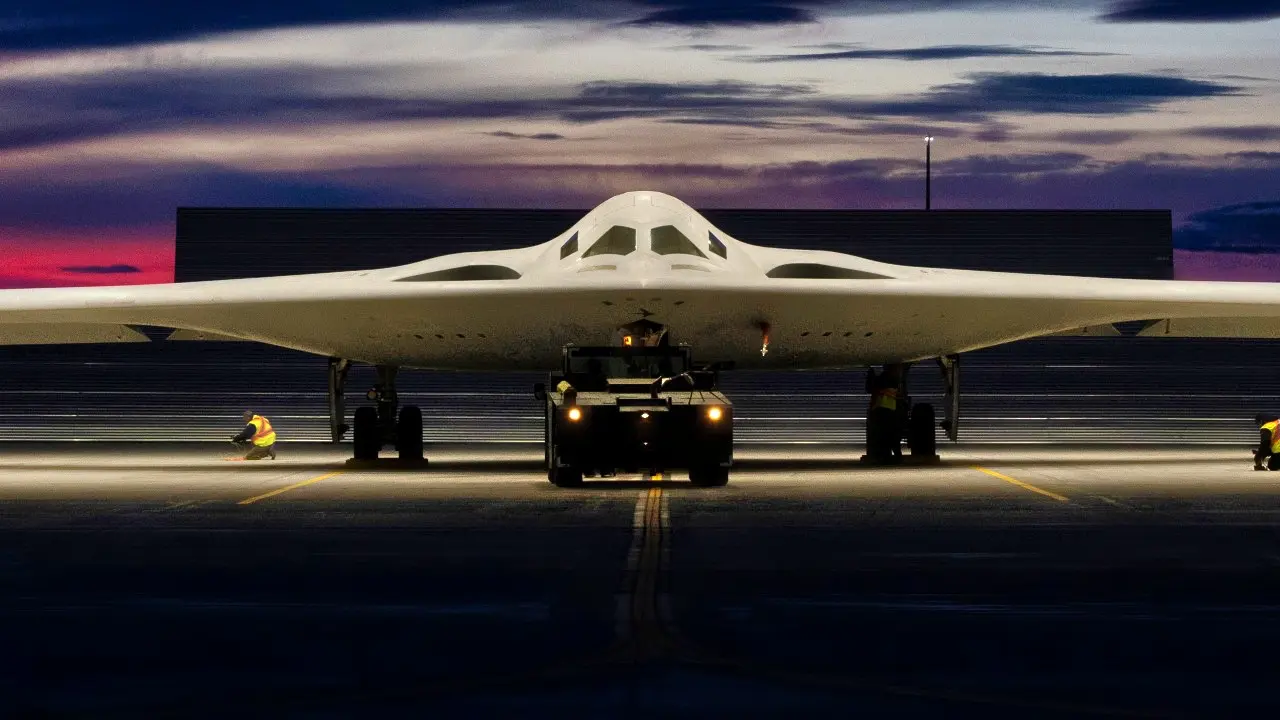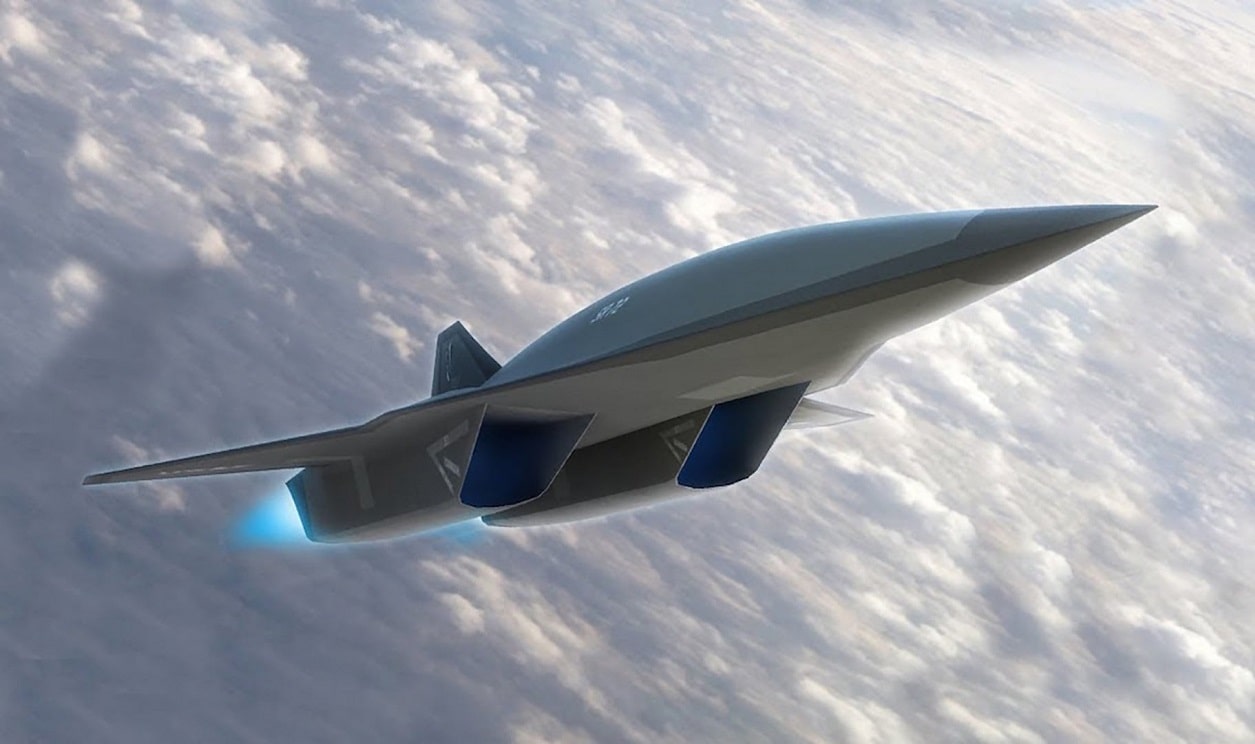The news last week that the U.S. government is pursuing a Mach-5-capable bomber rippled across the globe at hypersonic speed. The Next Generation Responsive Strike (NextRS) program, a combination bomber and spy plane, will be the U.S. Air Force’s next project after its effort to build a sixth-generation fighter jet.
A hypersonic bomber would by far be the most technologically advanced aircraft project ever attempted—but is speed without stealth still relevant today?
NGRS Hypersonic Bombers: What History Could Teach Us
One of the most eagerly anticipated aircraft in recent times has been a successor to the SR-71 Blackbird. The SR-71, retired at the end of the Cold War, was the fastest aircraft ever built, capable of Mach 3.2, or more than 2,200 miles per hour.
In 1990, the Blackbird flew from Los Angeles to Washington D.C. in an astonishing 1 hour and 4 minutes, a record that remains unbroken. There is no aircraft flying today, 34 years later, that can beat it.
That might change sometime in the 2030s. According to Aviation Week & Space Technology, the Defense Advanced Research Projects Agency, or DARPA, wants to develop Next Generation Responsive Strike (NextRS), a reusable hypersonic aircraft capable of intelligence-gathering and strike roles.
The aircraft will be the next priority after Next Generation Air Dominance (NGAD), the Air Force’s effort to build what would likely be the world’s first sixth-generation fighter jet. DARPA wants a prototype flying by 2030. NGAD is set to enter service sometime in the 2030s, so NGRS would likely enter service in the 2040s.

NGAD Fighter via Lockheed Martin.
NextRS is described as a hypersonic aircraft, meaning it would fly at a minimum of Mach 5. That’s fast enough to break the SR-71’s record flight from Los Angeles to Washington D.C. by a comfortable margin, making the trip in about 40 minutes.
DARPA’s hypersonic bomber would be fast enough to outrun any existing interceptor fighter, including the F-22 Raptor. However, it would not be fast enough to outrun the Russian S-400 surface to air missile system; the S-400 includes the 48N6 missile, which has a top speed of Mach 12. NextRS making a run over an S-400 battery would likely face an intercept.
Since the 1970s, the U.S. has emphasized stealth over speed in its strike aircraft. The B-1 and B-2 bombers, as well as the upcoming B-21 Raider, were all designed to minimize their radar cross-section, reducing the distance at which the planes can be detected via radar.
All three bombers trade speed for stealth, on the notion that it’s better to not be detected at all than to rely on speed to avoid being shot down.
The Air Force has previously bet the farm on stealthy strike aircraft, so it’s reasonable to ask why it is suddenly having a change of heart. In April 2024, according to Air & Space Forces Magazine, the Air Force said it did not want more than 100 B-21 Raider bombers.

B-21 Raider Stealth Bomber.
Instead, it said, a new aircraft might come along by the time the initial order was fulfilled that would supplement the Raider fleet. That new aircraft is almost certainly NextRS.
NextRS won’t be a stealthy aircraft. A hypersonic bomber would need to prioritize aerodynamic efficiency over a low radar cross-section to maximize range and manage the blistering temperatures generated by high surface friction that would melt ordinary aircraft.
It would also generate a huge infrared signature that could be picked up by space-based sensors, giving an adversary a heads-up that a hypersonic aircraft or missile is on the way.
This raises two possibilities. One is that NextRS is not a bomber in the strict sense of the term, dropping unpowered, precision-guided munitions directly overhead a target. One of the aircraft’s design goals is the release of munitions at hypersonic speeds.
Hypersonic weapons could be fired outside the S-400’s 250-mile intercept radius, leaving it up to the missile to penetrate enemy air defenses. Another possibility is that the aircraft will be substantially faster than Mach 5—fast enough that the Air Force is confident it won’t face interception.
Unless it were launched directly underneath its target, a Mach-12 interceptor missile would be unable to overtake a Mach 12 NextRS traveling at 100,000 feet. The faster the aircraft can fly, the stronger the case to field it.
The Race is On: Will NextRS Win?
There’s a lot we still don’t know about Next Generation Responsive Strike, but one thing is clear: America is now in a global competition, and it isn’t the only military power researching a hypersonic bomber aircraft.
President Donald Trump’s mandate to reduce the defense budget could kneecap the effort to build NGRS, allowing China to catch up. America will eventually build NextRS—the only question is whether it will be the first to field such an aircraft.
About the Author: Kyle Mizokami
A 19FortyFive Contributing editor, Kyle Mizokami is a defense and national-security writer based in San Francisco. His work has appeared in Popular Mechanics, Esquire, The National Interest, Car and Driver, Men’s Health, and many others. He is the founder and editor for the blogs Japan Security Watch, Asia Security Watch and War Is Boring.

